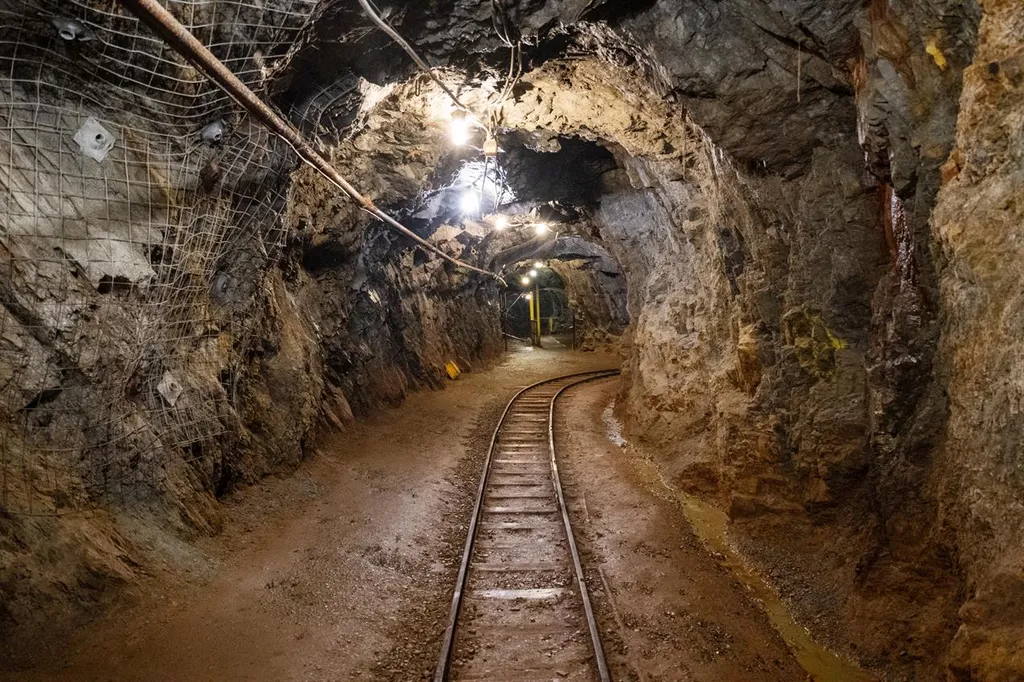In the heart of Iran, researchers are unraveling the secrets of mine tailings, a critical component of the mining industry, with implications that could resonate throughout the energy sector. Amir Abbas Riahi Khoo, a civil engineering expert from Ferdowsi University of Mashhad, has been delving into the behavior of silty tailings from the Sungun copper mine, and his findings could reshape how we approach the stability of tailings dams.
Tailings dams, essential for storing the byproducts of mining processes, have long posed stability challenges, with static liquefaction being a significant concern. Riahi Khoo’s research, published in the journal ‘مهندسی عمران شریف’ (translated to ‘Sharif Civil Engineering’), focuses on understanding the yield surface of these materials, a crucial factor in predicting their behavior under stress.
“Identifying the yield surface of tailing materials is a complex task that has been overlooked in the past,” Riahi Khoo explains. His study involves subjecting tailings samples to various stress conditions using a triaxial stress path device, mimicking real-world scenarios to understand their stress-strain behavior.
The research reveals that the yield surface of silty tailings follows a non-associated flow rule, meaning the direction of plastic strain does not align with the direction of the yield surface’s normal. This finding is pivotal for developing accurate constitutive models, which are mathematical representations of how materials behave under stress.
Riahi Khoo’s work also demonstrates that the yield surface proposed by the Mroz constitutive model, with appropriate constants, aligns well with the laboratory yield surface. This compatibility is a significant step forward, as it allows for more precise numerical simulations of tailings’ behavior under different loading conditions.
The implications of this research are substantial for the energy sector, particularly for mining operations. Understanding the yield surface of tailings materials can lead to improved dam designs, enhanced stability, and reduced risk of failures. As Riahi Khoo puts it, “This research can contribute to the development of more robust and reliable tailings dams, ensuring the safety of mining operations and the surrounding environment.”
Moreover, the findings could influence the development of new constitutive models tailored to tailings materials, improving the accuracy of predictions and simulations. This, in turn, can lead to more efficient and cost-effective mining practices, benefiting the broader energy sector.
As the world grapples with the challenges of sustainable resource extraction, research like Riahi Khoo’s shines a light on the path forward. By unraveling the complexities of mine tailings, we can strive towards a future where mining operations are safer, more stable, and more environmentally friendly. The journey has just begun, but the potential is immense, and the energy sector is watching closely.

